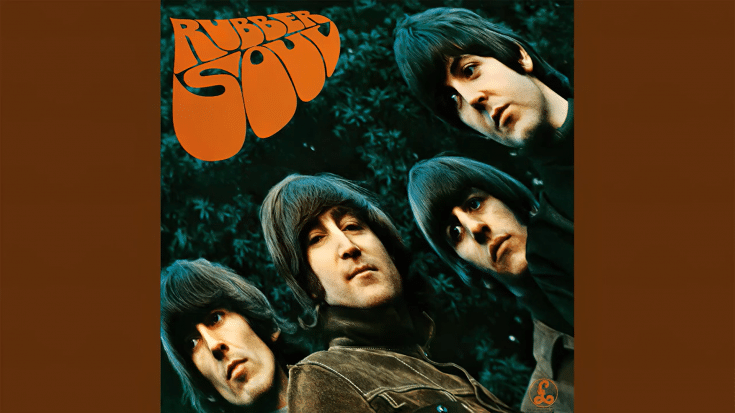How The Beatles’ EVOLVED from Moptops to Musical Visionaries

via The Beatles / YouTube
In the annals of music history, December 3, 1965, stands as a pivotal moment — the day the Beatles bid farewell to Beatlemania and embraced a new sonic journey with the release of “Rubber Soul.” This album, as producer George Martin notes in Anthology, marked a significant shift, declaring that
“by the time of Rubber Soul, they were ready for new musical directions.”
The charm of the early years, marked by exuberance and infectious rhythm and blues influences, gradually faded.
Beatles for Sale hinted at the toll of a whirlwind pace, and Help! showcased the influence of Bob Dylan. The winds of change, which began with the melancholic strains of “Yesterday,” continued with the spontaneous introduction of the sitar in “Norwegian Wood.”
Reflecting on this period, George Harrison recalled :
“I went and bought a sitar from a little shop at the top of Oxford Street called Indiacraft… I picked the sitar up — it was just lying around. I hadn’t really figured out what to do with it. It was quite spontaneous. I found the notes that played the lick. It fitted and it worked.”
The lyrical landscape underwent a transformation as well. No longer confined to expressions of puppy love, John Lennon’s compositions delved into more adult themes. “Norwegian Wood (This Bird Has Flown)” revealed Lennon’s admission of an affair, while “In My Life” became a profound reflection on past relationships.
View this post on Instagram
Emphasizing its departure from their earlier glib and throwaway lyrics.
The song even demanded a Baroque-style piano solo, leading to a groundbreaking experiment with tape speeds.
Lennon himself described:
“‘In My Life’ as my first real, major piece of work,” Meanwhile, Paul McCartney’s musical horizons expanded, contributing jazzy chords to “Michelle” and fuzz bass to Harrison’s “Think for Yourself.” Even the seemingly sweet melody of “I’m Looking Through You” concealed McCartney’s most deliciously nasty lyric.
The album cover, a stroke of serendipity during a photo shoot, revealed the Beatles’ willingness to take chances. McCartney reminisced,
“He had a piece of cardboard that was the album-cover size, and he was projecting the photographs exactly onto it… It was stretched, and we went, ‘That’s it, Rubber So-o-oul, hey hey! Can you do it like that?’”
The title itself, a playful twist on “plastic soul,” reportedly a term used by blues musicians to describe Mick Jagger, encapsulates the band’s irreverent spirit.



















